The story of textbook prices always receives great attention from parents and students before the new school year.
 |
| Associate Professor, Dr. Nguyen Van Tung, Deputy Editor-in-Chief of VietnamEducation Publishing House, said that cutting costs to reduce textbook prices is for the purpose of ensuring social security and for the benefit of consumers. |
What does the price of textbooks consist of?
Associate Professor, Dr. Nguyen Van Tung, Deputy Editor-in-Chief of Vietnam Education Publishing House (NXBGDVN) said that textbook prices are made up of many factors, focusing on 5 basic factors.
That is, the cost of organizing the manuscript, the cost of royalties, the cost of production: including paper and printing, the cost of circulation or also known as the cost of publication; the financial cost.
According to Mr. Tung, the cost of organizing the manuscript of a set of textbooks is up to hundreds of billions of VND; the current royalty cost is calculated by class period.
Mr. Tung said that the total royalties of the two textbooks "Connecting knowledge with life" and "Creative horizon" of the Vietnam Education Publishing House each year also amount to nearly 70 billion VND.
In addition, production costs also amount to thousands of billions of VND (including paper and printing costs), while Mr. Tung said that the current production costs of NXBGDVN are entirely based on bank loans. The costs for circulation and issuance fees are also very large expenses.
Although it costs a lot, in reality, the organization of compiling, printing and distributing textbooks is not the monopoly of the Vietnam Education Publishing House. "We are currently occupying about 70% of the textbook market share, but we are not a monopoly or have any preferential treatment," said the Deputy Editor-in-Chief of the Vietnam Education Publishing House.
Mr. Tung added that the discount rate for selling to consumers as reported in the press is 11-15% for textbooks, depending on the publisher. According to him, this discount rate is being misunderstood. This discount is actually a distribution cost. Publishing textbooks as well as publishing other book publications, or publishing newspapers all have costs, including: packaging, transportation, warehousing, delivery...
"The textbook distribution fee is very low, especially in mountainous and remote areas. For example, the current newspaper distribution fee is from 22% to 25% of the cover price, much higher than the textbook distribution fee," said the Deputy Editor-in-Chief of the Vietnam Education Publishing House.
 |
| The textbook making process of NXBGDVN must go through 8 strict steps. |
Reduce textbook prices to ensure social security
On the eve of the new school year, the Vietnam Education Publishing House has reduced the price of textbooks by about 10% for each set. Mr. Nguyen Van Tung said that the cost reduction to reduce the price of textbooks is a directive from the leaders of the Vietnam Education Publishing House for the purpose of ensuring social security and the interests of consumers.
Issuers need to share this with businesses to fulfill their social responsibilities. This also requires businesses to make efforts to reduce other costs to optimize production and business efficiency.
NXBGDVN has reviewed the costs that make up the price to make reductions. Among the costs that have been reviewed and reduced to reduce the price, there are two most important items. They are: Manuscript organization costs: "We have updated the actual publication output. This output is larger than the expected output, so the manuscript organization costs allocated to each book copy have decreased," said Mr. Tung.
Along with that, the circulation cost continues to be reduced by NXBGDVN, accordingly, the reduction in distribution and sales costs has helped reduce the cover price by 2.5%.
For textbooks that have been published, costs will be reduced to adjust the selling price. Specifically, the price of the textbook series Connecting knowledge with life will be reduced by 9.6%, and the textbook series Creative horizon will be reduced by 11.2%.
"For textbooks for grades 5, 9, and 12 published for the first time, we have built and completed price declarations according to the reduced price structure for previously published grades," Mr. Tung informed.
Is making textbooks profitable?
Many people think that making textbooks is very profitable. Sharing about this, Mr. Nguyen Van Tung analyzed: The process of making textbooks of the Vietnam Education Publishing House must go through 8 strict steps: building the author; building the model including the general outline, detailed outline, compiling sample lessons, teaching experiments; compiling rough drafts, and giving comments to adjust the author's drafts.
Next is design editing; internal review of expert review opinions; 2 rounds of national review; book introduction; training teachers on book use and textbook supply.
"Therefore, the price of textbooks includes many costs that we have listed above. Vietnam Education Publishing House and other textbook publishing units must declare prices based on the cost components and must be approved by the Price Management Department.
Thus, in reality, there is almost no profit from textbooks, or very little. The profit of the Vietnam Education Publishing House comes from other books such as supplementary books, reference books... but public opinion, even those in the industry, do not know this, they just assume that the Vietnam Education Publishing House has a revenue of 3,000 billion and a profit of 300 billion from textbooks. If making textbooks were that easy and profitable, there would probably be many publishing houses and private units participating in compiling and publishing textbooks," Associate Professor, Dr. Nguyen Van Tung analyzed.
Source: https://baoquocte.vn/giam-gia-sach-giao-khoa-vi-quyen-loi-nguoi-tieu-dung-282132.html









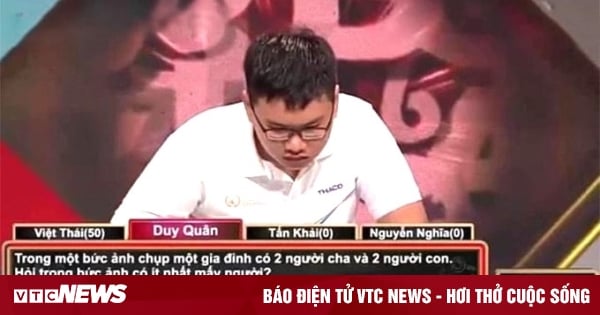
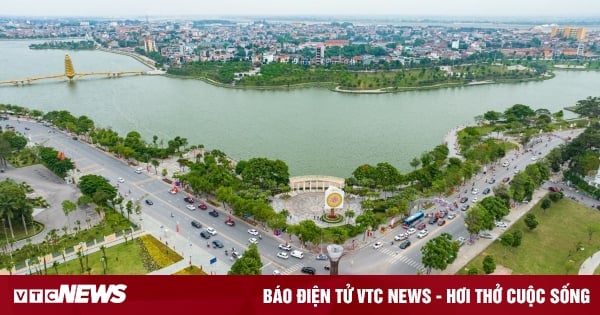

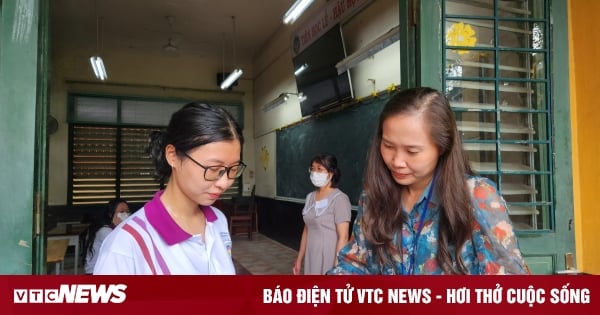
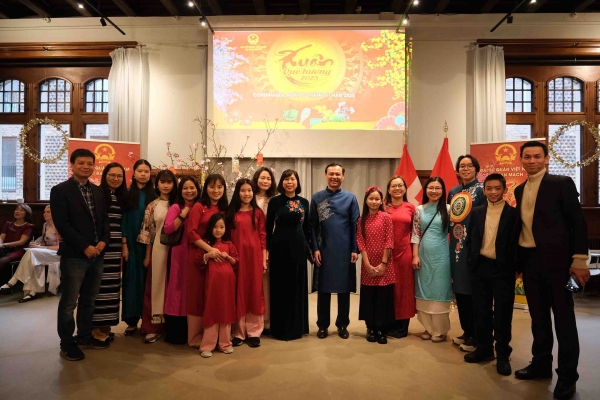

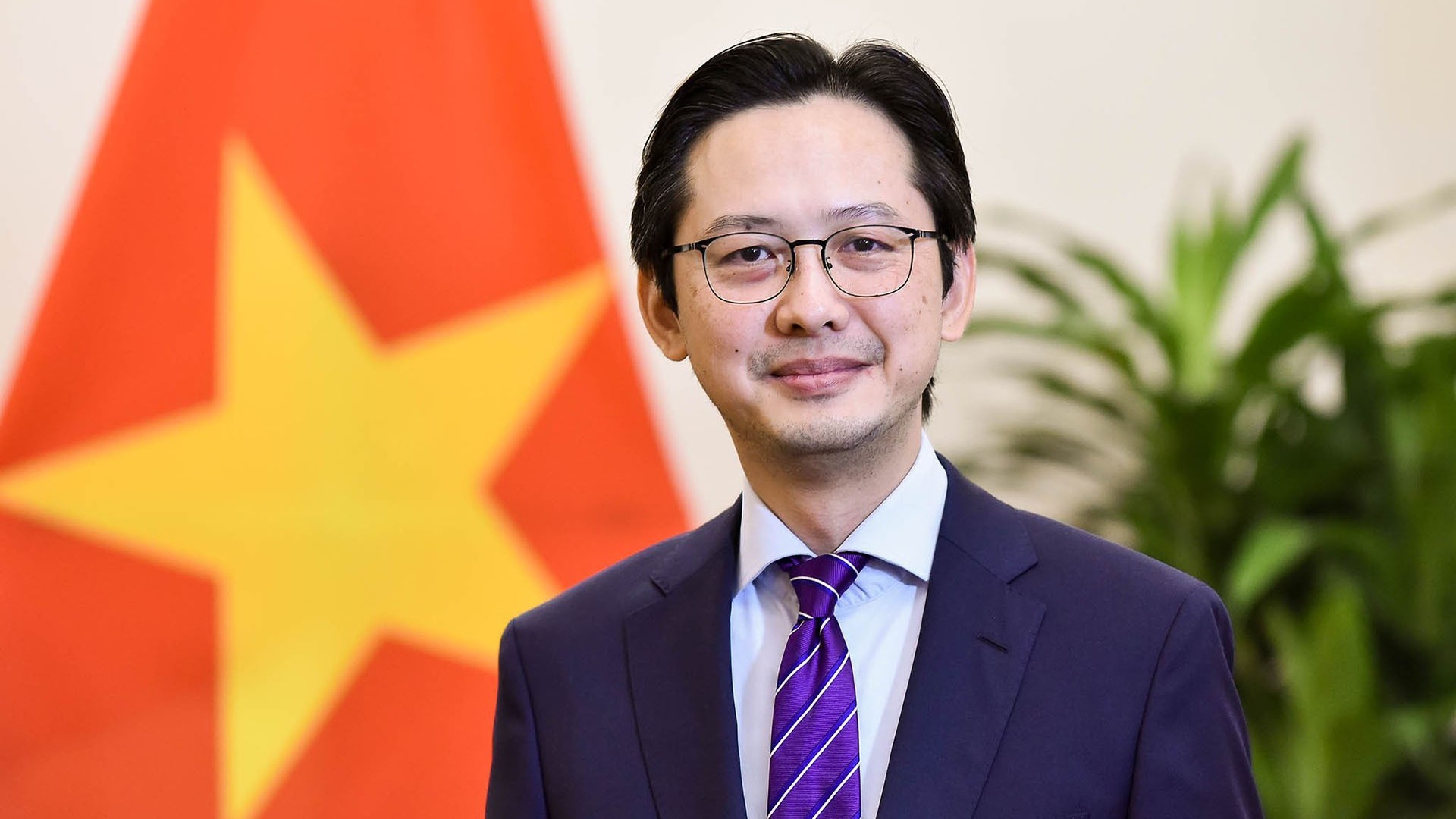


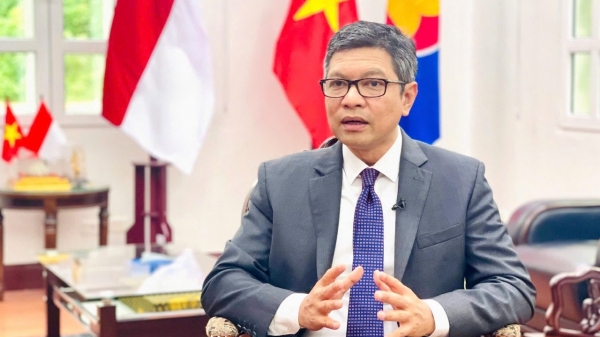







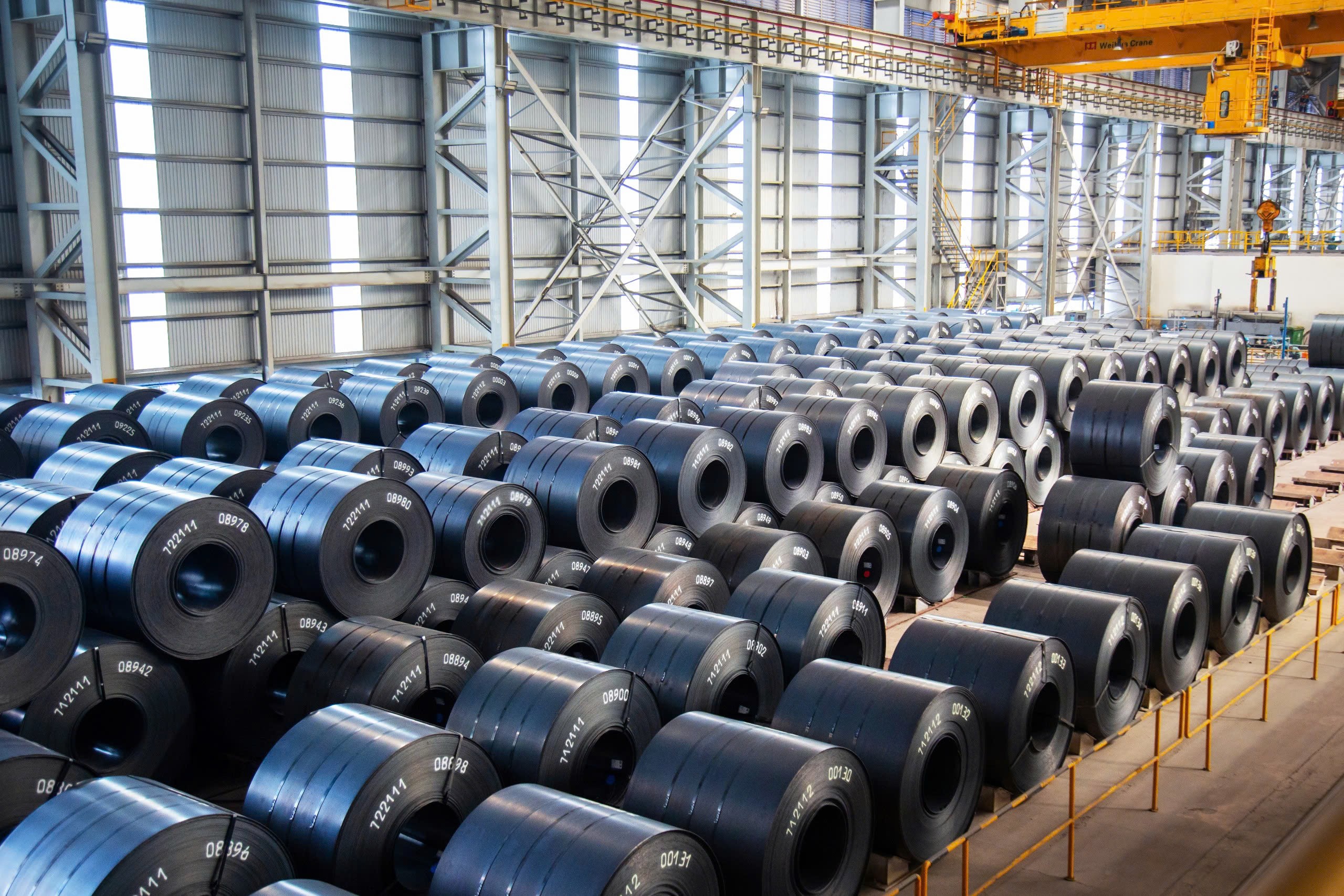





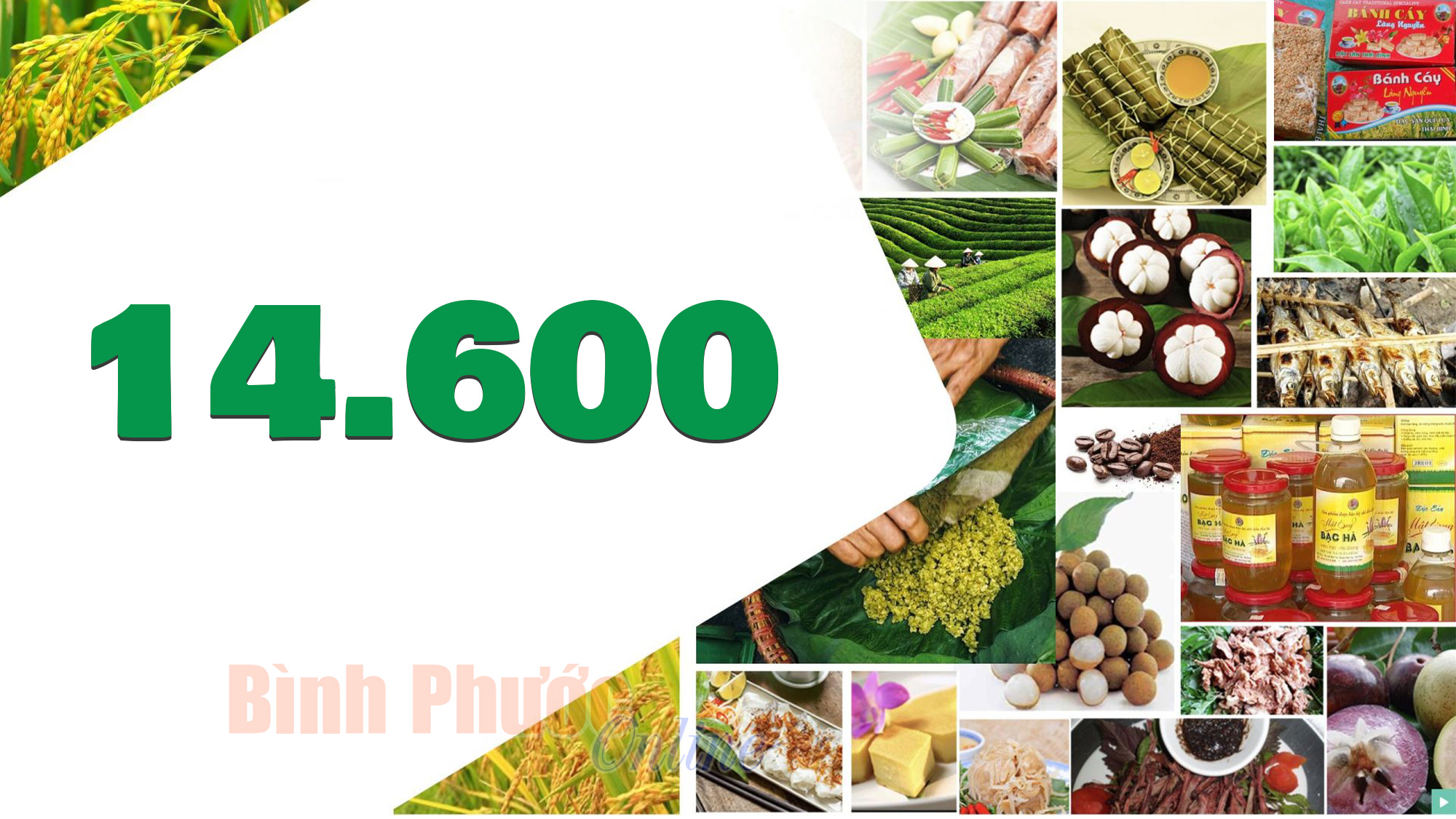

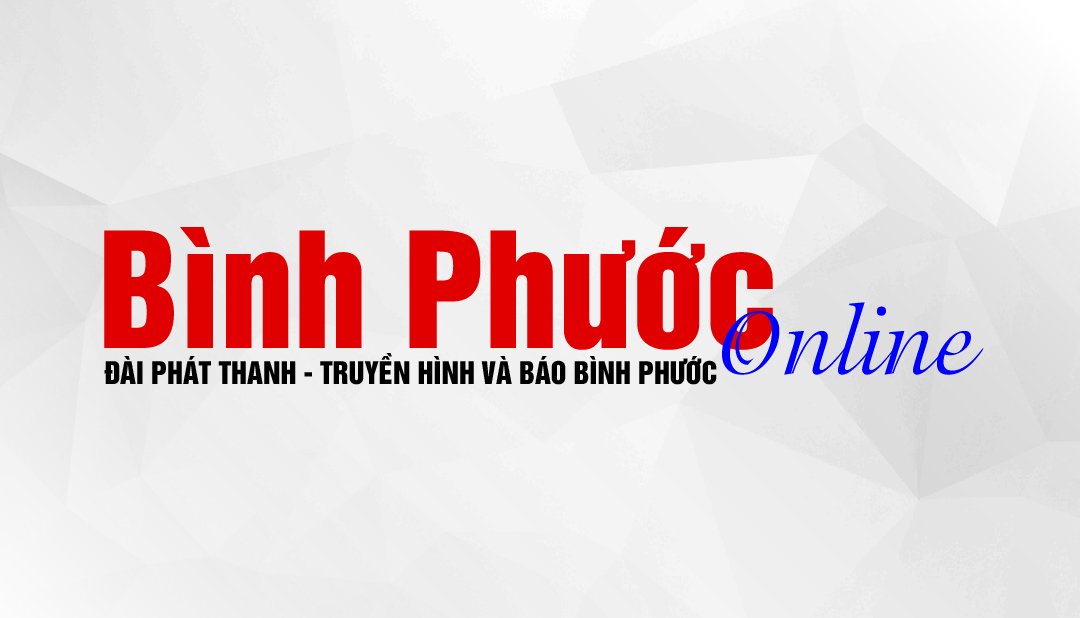
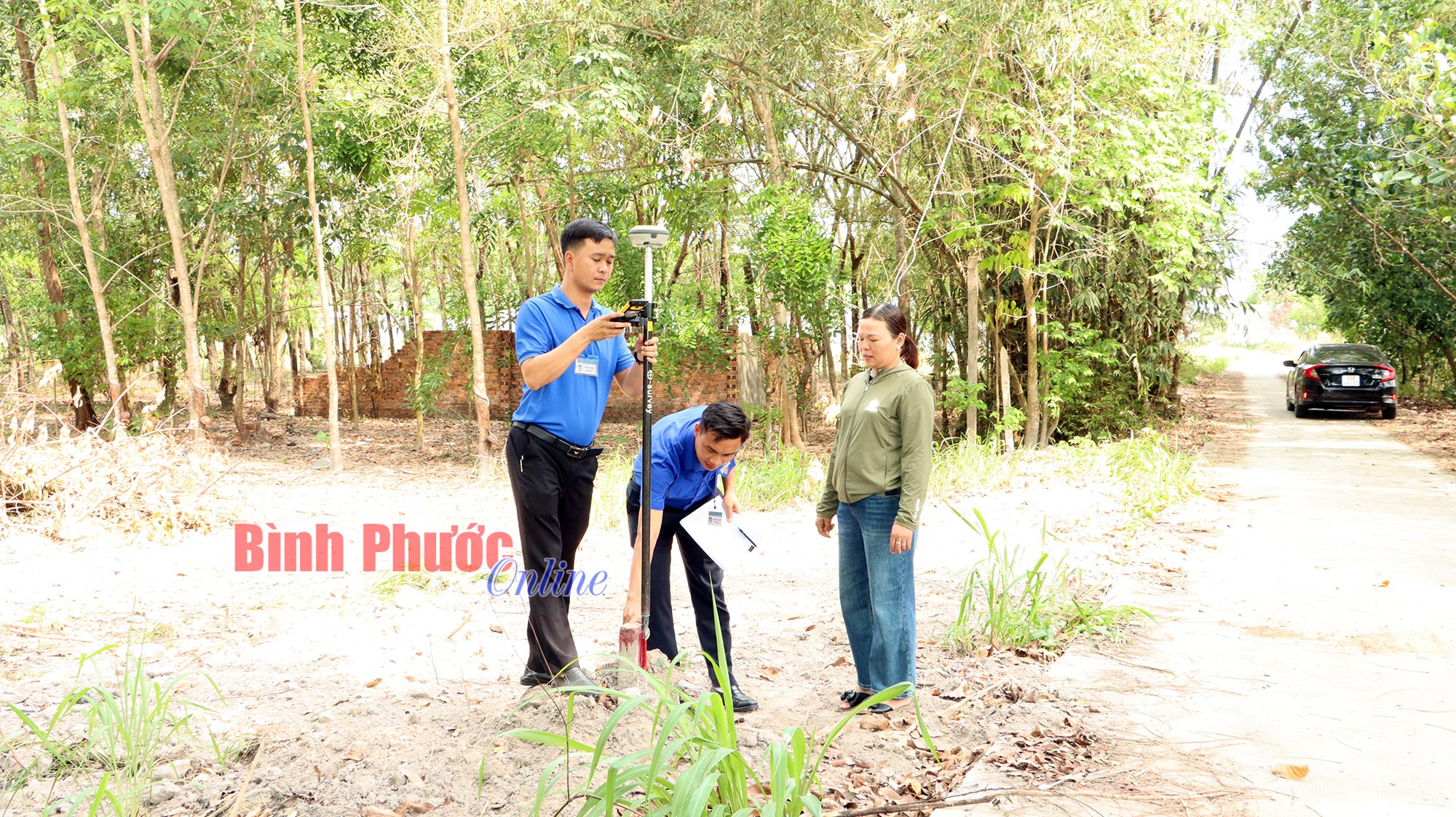
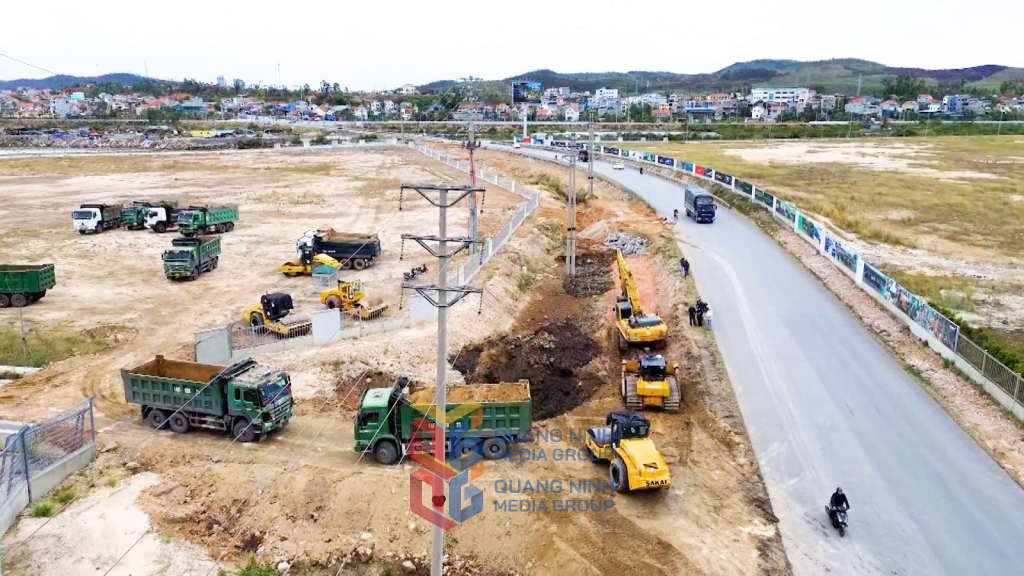


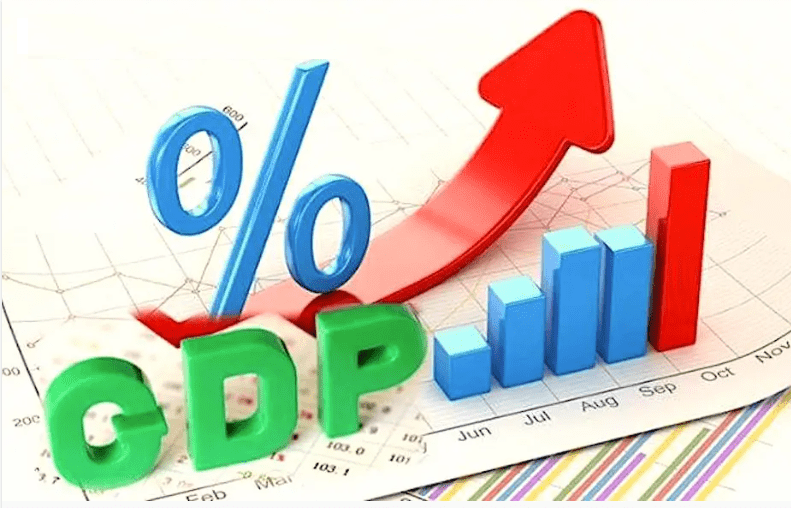
Comment (0)